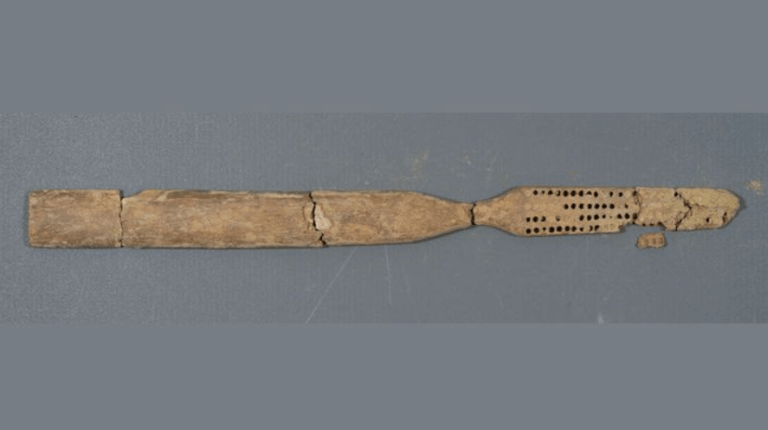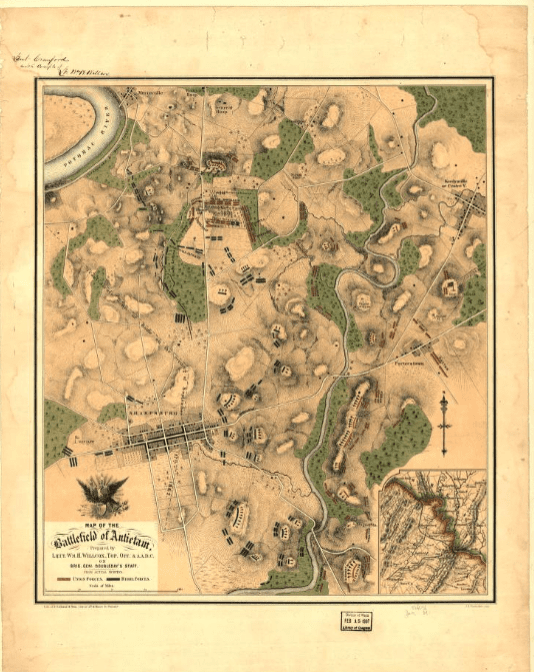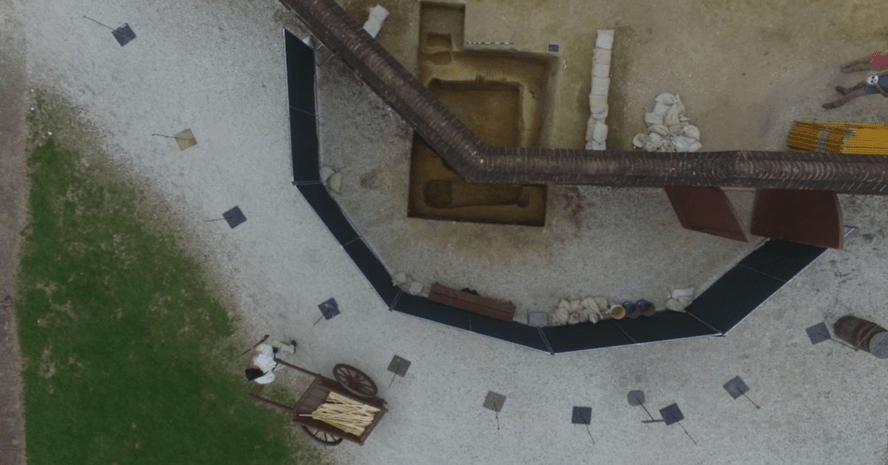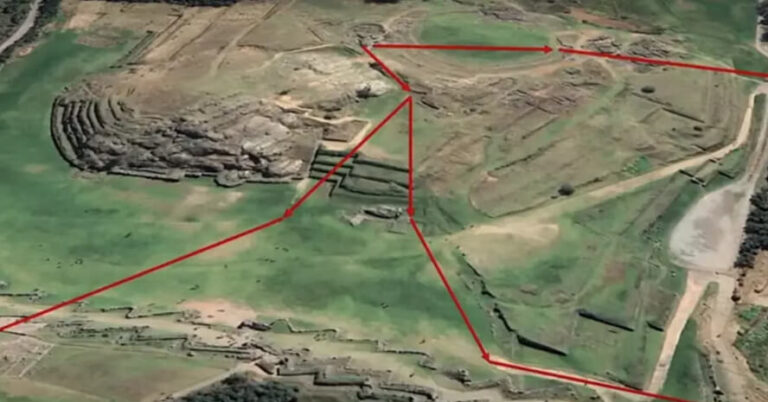Virginia is full of history. That’s no secret. And sometimes, it turns up in the ground when you least expect it. That’s what happened recently in Williamsburg, where archaeologists digging near an old Revolutionary War-era site made a surprising discovery: the remains of four Confederate soldiers, buried in shallow graves alongside amputated limbs and bits of personal belongings.
It’s not the only recent find of the Civil War that has shown up in surprising places. A live cannonball turned up in someone’s backyard. A hand-drawn battlefield map was found beneath the floorboards of an old tavern.
Four Soldiers, Lost and Nearly Forgotten
The remains were found near what used to be a Confederate field hospital during the 1862 Battle of Williamsburg. One of the soldiers had a Minié ball lodged in his spine. Others were missing limbs, which were found buried nearby in a pit—likely the result of battlefield amputations.
Confederate field hospitals weren’t much more than farmhouses or makeshift tents. Doctors worked with limited tools, often without anesthesia. Infection was common, and survival wasn’t guaranteed, even after the fighting stopped. The scattered bones and amputated limbs suggest these men didn’t make it far beyond the battlefield, if at all.
The spot where these soldiers were found wasn’t always a Civil War site. Long before that, it was part of a Revolutionary War–era powder magazine. That means this same piece of land saw two very different wars, nearly a century apart. It’s a reminder that places like this weren’t just used once and left behind—they were reused, reshaped, and lived on through generations.

Archaeologists also uncovered a few personal effects: a toothbrush carved from bone, a glass snuff bottle, even some gold coins. Small details, but enough to bring a sense of humanity to what could’ve been just another war story.
Researchers were able to cross-reference medical records from the time and think they’ve narrowed down the possible identities to four men—from Alabama, Louisiana, South Carolina, and Virginia. DNA samples taken from their teeth are being tested to confirm who they were.
The soldiers were then respectfully reinterred in a local Williamsburg cemetery alongside other Confederate soldiers, even while DNA tests continue. For well over a century, these soldiers were just beneath the surface—literally. Now, for the first time, someone is trying to give them their names back.

A Cannonball in the Garden
Not far from Williamsburg, another strange discovery happened in Stafford County. A landscaper doing yard work found what looked like an old, rusted rock. Turns out, it was a Civil War–era cannonball, and a live one at that.
Local bomb experts had to come in and safely detonate it.
We like to think the past is behind us, but this kind of thing is a reminder that it still lingers—in the dirt, under porches, right outside our homes. It also makes you wonder: how many other relics are still buried just a few feet below where we live?

A Hidden Map of Antietam
Then there’s the map.
In Sharpsburg, Maryland, near the site of the Battle of Antietam, someone discovered an old battlefield map hidden under the floorboards of a historic tavern.
It wasn’t just any map—it was hand-drawn and filled with troop notes that appear to differ slightly from official military records. That raised a lot of questions: Was it used by a spy? A deserter? A local keeping tabs on the action?
Nobody knows for sure, and there’s no definitive answer yet. But it’s one more example of how history continues to unfold in ways that textbooks never quite capture.
And more importantly, it suggests that even when we think we have the full story, we probably don’t.

Why These Finds Matter
None of these discoveries made huge national headlines. There was no blockbuster documentary or viral tweet. But maybe that’s why they matter so much.
They aren’t the “greatest hits” of the Civil War. They’re quieter, messier, and more personal. A soldier’s spine with a bullet still lodged in it. A broken snuff bottle. A cannonball nestled in the grass behind someone’s house.
These are the details that rarely make it into the big picture—but they’re the ones that make history feel real.
Looking Backward, Feeling Closer
It’s easy to look at Civil War history as something distant. Sepia-toned photos. Stiff uniforms. Old battlefields with tour signs and gift shops. But these new finds challenge that distance.
They bring the war closer.
It’s one thing to know that a battle happened near Williamsburg. It’s another thing entirely to see the bones of a soldier who died there, still buried where he fell. Or to realize a cannonball could still be resting in your own backyard.
We don’t have all the answers. And maybe we never will. But these kinds of discoveries make the past feel more real and less like a story.




